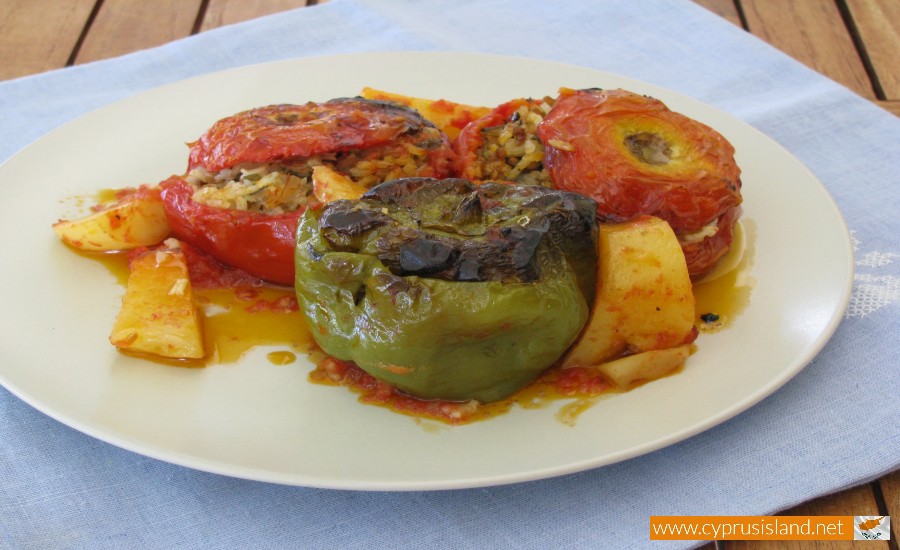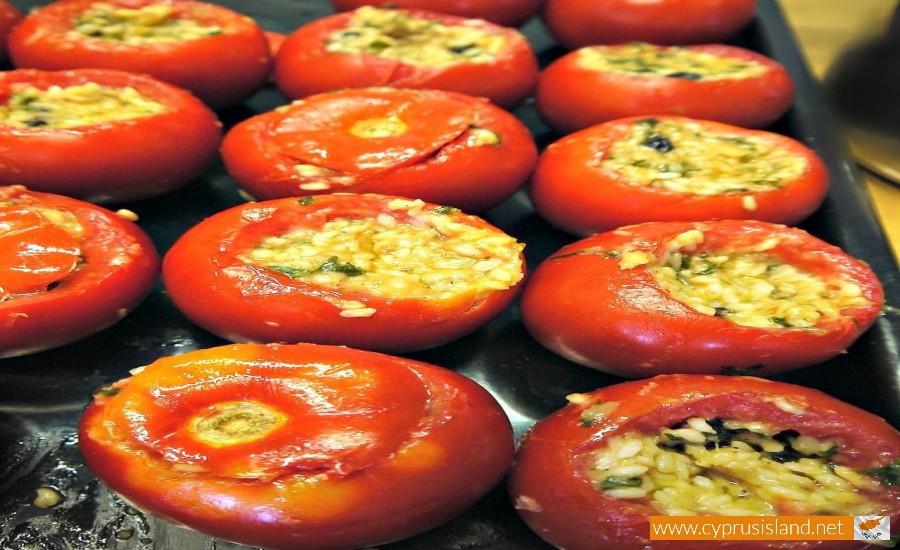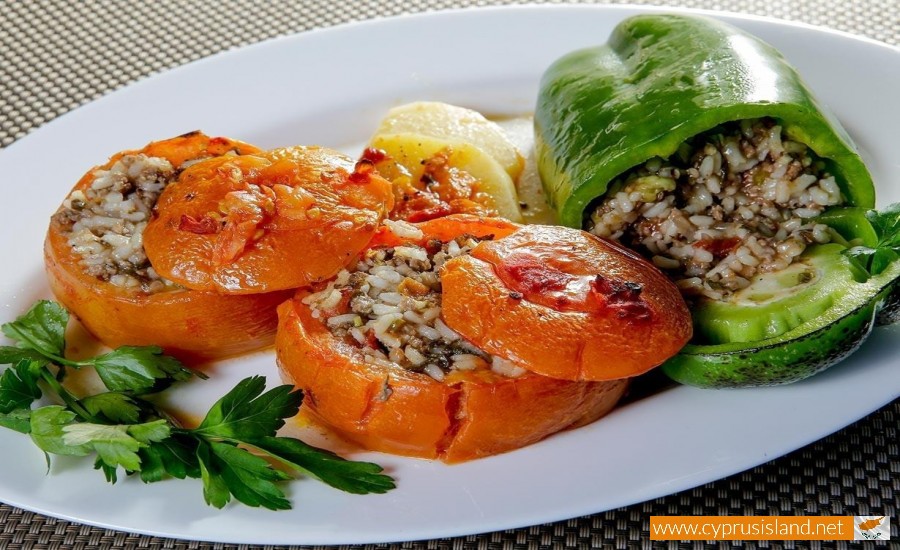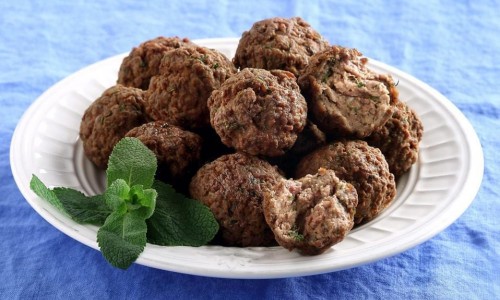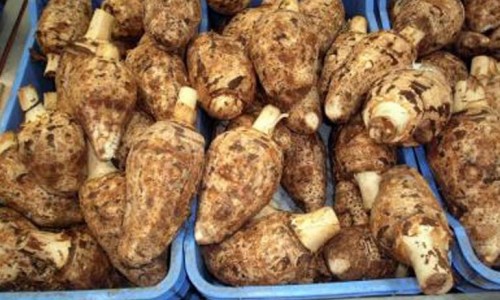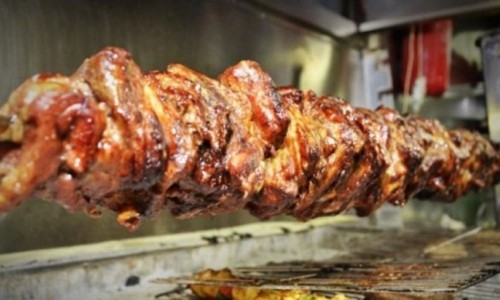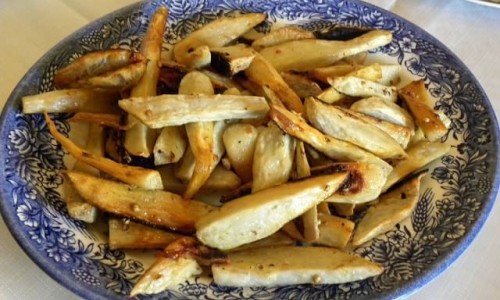Yemista (Stuffed Vegetables)
Fragrant, colorful, and deeply comforting, yemista (or gemista) is more than just a dish—it's a celebration of home cooking, Mediterranean bounty, and cultural memory. Found on tables across Greece and Cyprus, yemista literally means "stuffed" and usually refers to vegetables filled with rice, herbs, and sometimes minced meat, then baked until tender and golden.
It's a dish that tastes like summer, tradition, and love—often served from a big tray at family gatherings, straight from the oven, surrounded by laughter, olive oil, and chunks of crusty bread.
What Exactly Is Yemista?
At its core, yemista is a dish of stuffed vegetables, commonly including:
- Tomatoes
- Green bell peppers
- Zucchini (courgettes)
- Aubergines (eggplants)
- Onions
- Occasionally potatoes or vine leaves
Each vegetable is hollowed out, filled with a flavorful rice-based mixture, placed back in its shell, and then slow-roasted in olive oil and tomato sauce.
Common Ingredients in the Filling:
- Rice (usually short or medium grain)
- Onions or spring onions
- Fresh herbs: parsley, mint, dill, or even cinnamon in some regional variations
- Grated tomatoes or tomato paste
- Olive oil
- Optional ground meat: lamb or beef (more common in Cypriot versions)
- Pine nuts or raisins (for a slightly sweet, Middle Eastern flair)
The result is a dish that is aromatic, savory, and deeply satisfying, often enjoyed hot, warm, or even cold the next day.
Yemista in Cyprus
While yemista is common across Greece, the Cypriot version brings its own unique twists:
- Minced pork or beef is frequently added to the rice mixture, especially in mountain villages.
- Cypriot cooks may use aromatic spices like cinnamon or allspice, adding depth to the filling.
- More olive oil and lemon might be added to the baking tray, enhancing the richness and tang.
- Sometimes you'll find potatoes halved and stuffed, or even kolokassi (taro root) variations in rural homes.
Yemista in Cyprus is often served with yogurt on the side, especially in the summer, or with feta cheese and fresh bread to soak up the pan juices.
A Dish with Deep Roots
Yemista has its origins in the broader Ottoman and Middle Eastern tradition of dolma, a term that refers to stuffed vegetables or vine leaves. Over centuries, it evolved into a distinct dish in Greek and Cypriot cuisine, adapting to local ingredients and seasonal harvests.
In the summer months, yemista was a perfect way to use garden tomatoes, peppers, and courgettes—filled with pantry staples like rice, herbs, and preserved meat or cheese. It became a dish tied to resourcefulness, abundance, and hospitality.
Yemista at Home: A Labor of Love
Making yemista isn’t difficult, but it is time-consuming, especially when preparing a large batch. It’s a dish often cooked:
- In family settings—with multiple people helping to hollow, chop, and stuff
- For Sunday lunches, name days, or after church meals
- During Orthodox fasting periods, in its vegetarian form
What makes yemista special is the personal touch. Some cooks like theirs with extra tomato and mint; others prefer meat and cinnamon. Some add currants for sweetness. Some swear by a slow, long bake. Everyone has a version—and every version tells a story.
How to Serve Yemista
Yemista is almost always served with something simple and fresh to balance the richness:
- Thick Greek or Cypriot yogurt
- Feta cheese and olives
- Fresh bread or pita for dipping into the juices
- Green salad or pickled vegetables
- A glass of village wine, retsina, or Zivania for the bold
It's a dish that holds up well for leftovers, and some say it tastes even better the next day, as the flavors deepen and blend.
Vegan & Vegetarian Delight
In its vegetarian form, yemista is a staple of Lenten cooking and is popular among vegans and plant-based eaters. The richness of the olive oil, rice, and herbs means you don’t miss the meat at all.
In fact, the most traditional Greek island versions are strictly plant-based, making it one of the oldest naturally vegan dishes in the Mediterranean.
Yemista as Cultural Heritage
Yemista isn’t just a dish—it’s a reflection of Mediterranean values: hospitality, seasonality, economy, and flavor. It’s the kind of meal that brings people together at the table and reminds them of grandmothers, gardens, and home kitchens.
In Cyprus and Greece, to say "I made yemista" is almost a gesture of care. It's a dish that takes time, and it’s often made for others more than for yourself.
Yemista is the kind of food that feeds more than hunger—it feeds the soul. Whether filled with rice and mint, meat and cinnamon, or any family combination in between, it’s one of the cornerstones of Cypriot and Greek comfort food.
If you ever get the chance to taste homemade yemista from a village oven, don’t miss it. It’s a spoonful of history, heritage, and heart.


